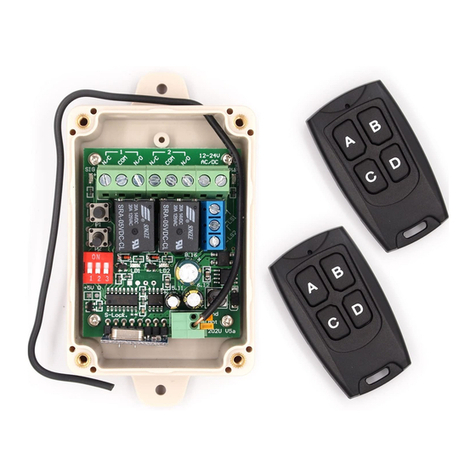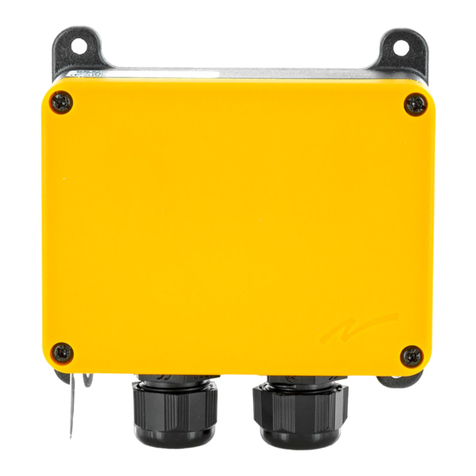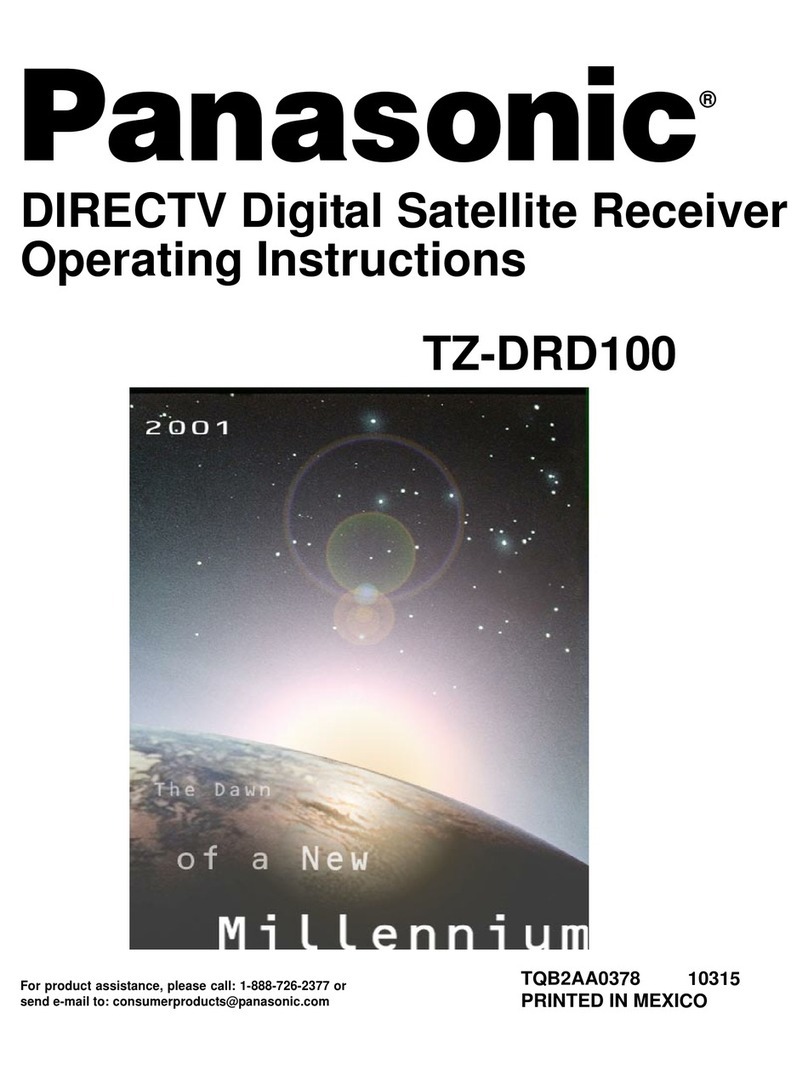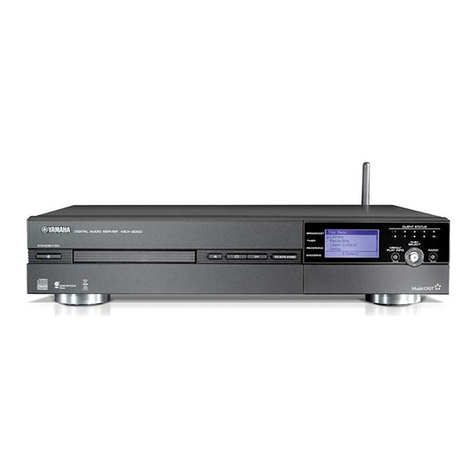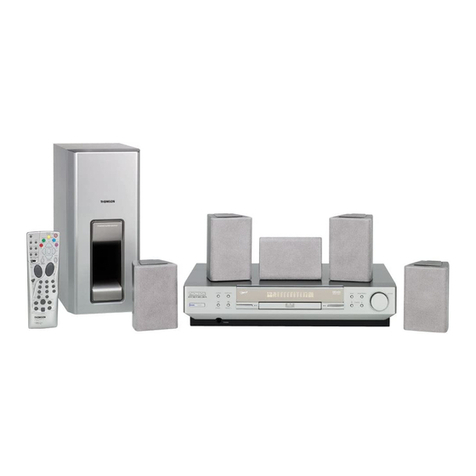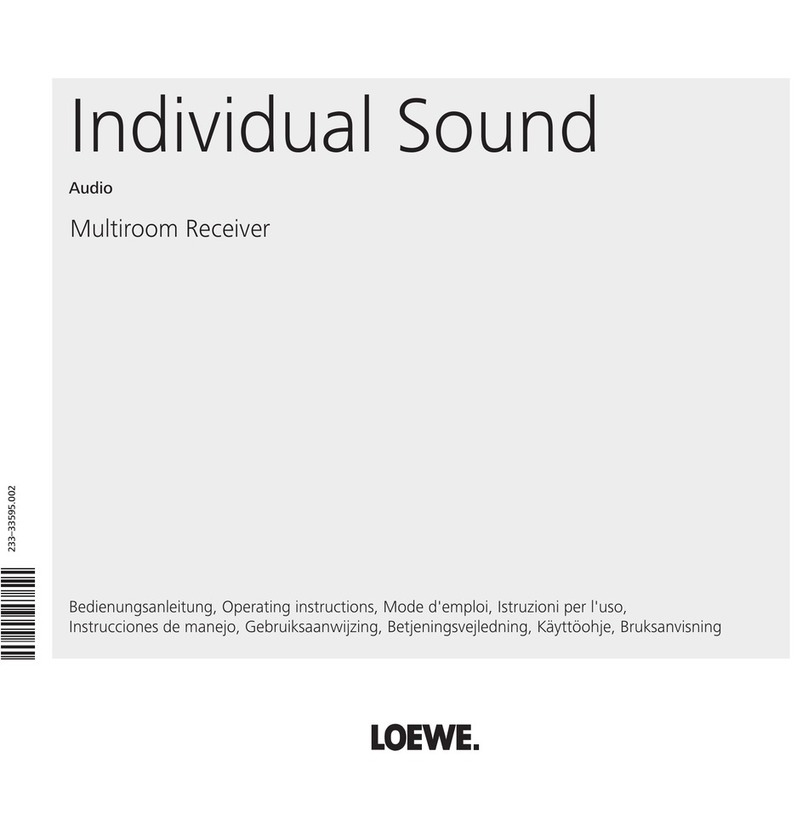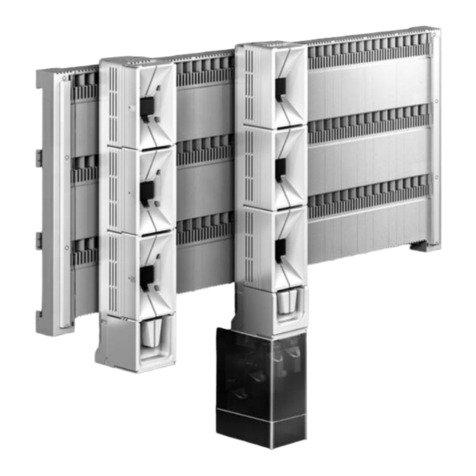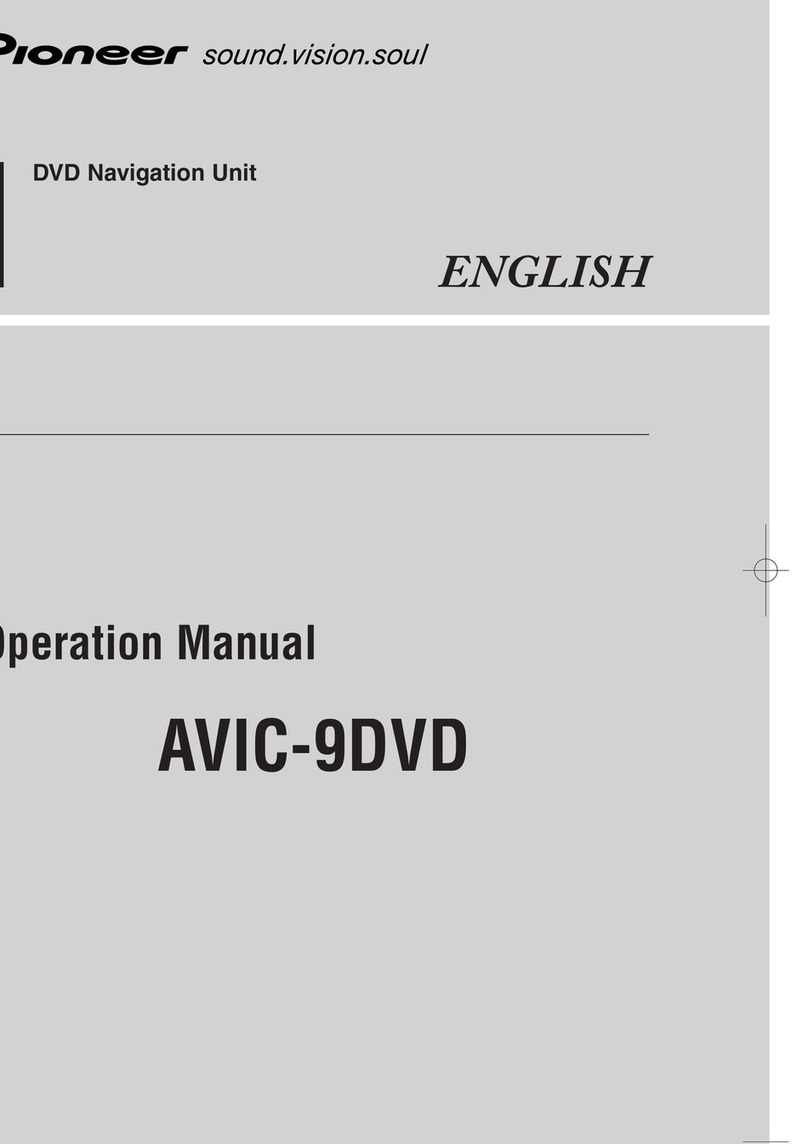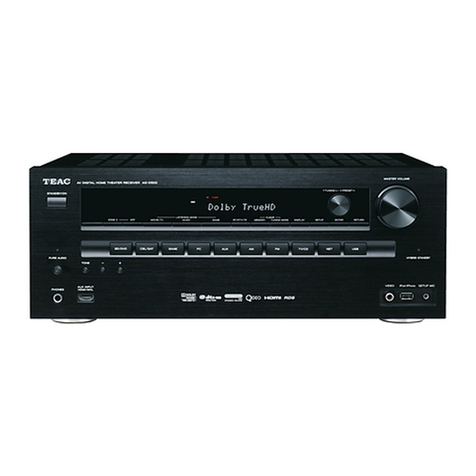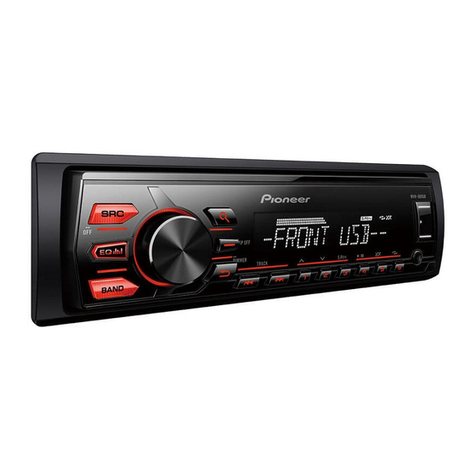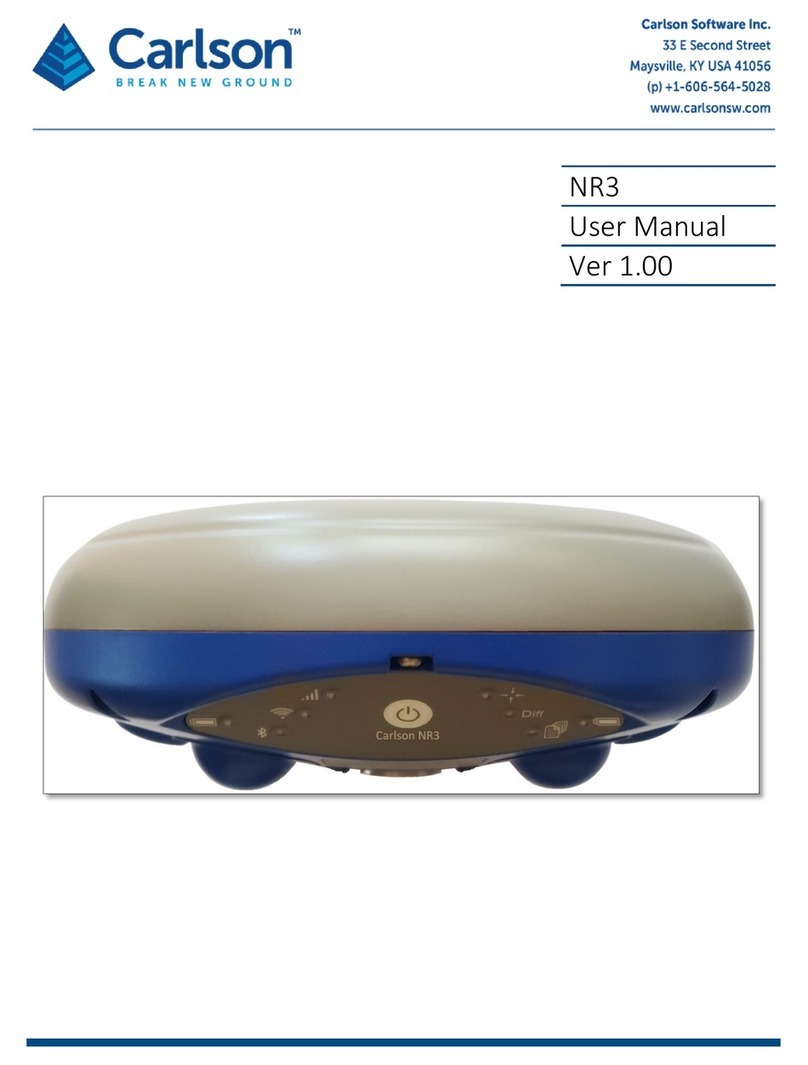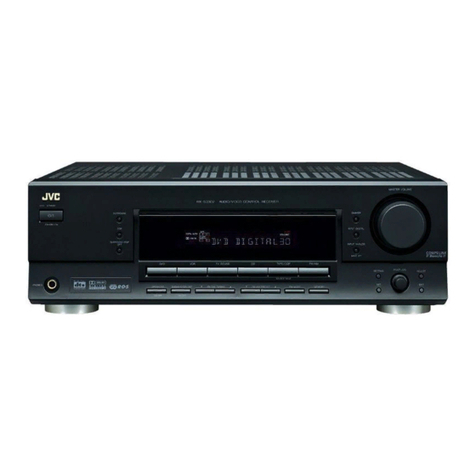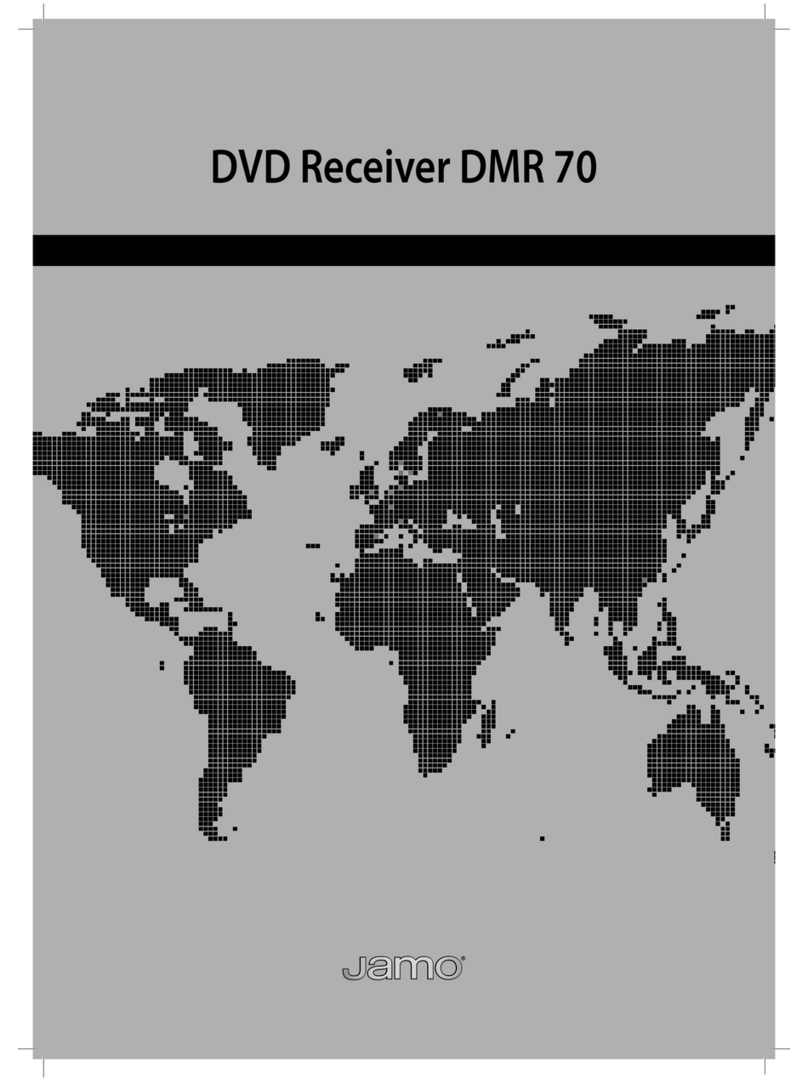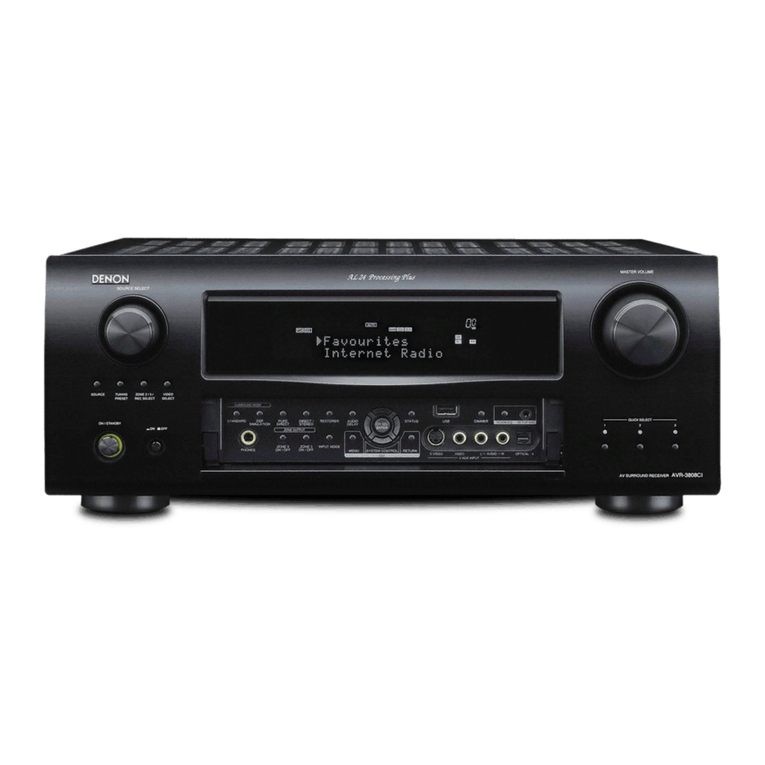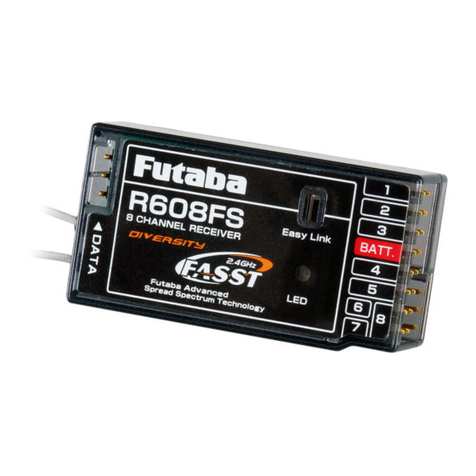Solidremote 402U User manual

Solidremote
402U Wireless Receiver
Installation Manual
Edition_A1

Thank you for purchasing Solidremote 402U
standalone receiver with SolidAdvantage.
Familiarise yourself with the following instructions
prior to commencing setup. Store this information in
a safe place for future reference.
Part of 4th generation 40X receiver family, 402U is
by far the best 2Ch wireless receiver made by us. It
is our first receiver built with STEP concept from the
ground up to easily provide optimum security and
performance for tons of applications.
Brand new TrioAES 433 code plus frequency dual
hopping technology is implemented as a solid RF
platform, with advanced features loaded such as
remote learning, X mode, smart alert, smart range,
flexible expansion port and built-in beeper.
The best part is, you can control the whole system

in a breeze, by straightforward LED segment
display and DIP switches.
This makes our receiver perfect for controlling a
variety of home automation devices such as garage
door openers, motorized gates, lifts, lights, alarms
plus much more where security matters.
At a Glance
402U wireless receiver has two relays on board
which provide normally open (NO) dry contact for
controlling virtually any electronic device. Both
independent relays can be programmed to any of
three modes - pulse, hold or latching.
Two additional external relays can be expanded for
advanced users (see 6X Expansion Ports section).

Compatible Transmitters
402U Rev. A receiver works with all Solidremote
TrioAES 433 mainstream transmitters and
TrioAES 433-X transmitters with eXtended range.
With Solidremote’s TrioAES technology, traditional
code grabbers are blocked outside because our RF
code and frequency change continuously in
transmission. In addition, with over 87 duodecillion
(8.7 x 1040) codes, the chances of ever repeating a
code are virtually non-existent.
Furthermore, every transmission is protected by
AES encryption algorithm, which is adopted by the
U.S. government and used worldwide due to its
high security.

Receiver PCB Feature Map
P1
P6
1 2 3 4
ON
POW ER
X !
RF Module
Relay
Power
Terminals
MCU
PRG
Relay 1 Relay 2
1 2
46 5
3
7
9
8
11
10

Remove top cover of the receiver to access DIP
switches, beeper on/off jumper and antenna ports.
Part # Description
① Power ON - Receiver is up and running
② Relay 1
ON - Relay 1 activated
③ Relay 2
ON - Relay 2 activated
④ X
eXtended
Steady ON - Receiver is in X mode
Flashing - X transmitter working
⑤ !
Smart Alert
Flashing - Receiver has detected
and blocked a RF replay attack, it’s
likely someone nearby is hacking
using code grabber if this has
happened multiple times.
Alert will only turn off when receiver
is powered off or reset.

⑥
7-Segment
Display
ON - Entered programming, erasing
or reporting # mode
† In following pages, LED refers to
7-segment LED display unless
otherwise specified.
⑦
Beeper
Serving as audio aids, beeper will
usually sound when LED changes.
It can be particularly useful when
receiver is placed out of sight.
Open ⑧ Beeper SW jumper if you
would like to disable it, keep jumper
in a safe place for future use.
⑨ DIP switches for mode and function control
⑩ 0.1" pitch, refer to 6X Expansion Ports section
⑪ Antenna connectors, terminal block and u.FL

Setting Relay Operating Modes
Pulse Mode – Relay contact is active whilst
transmitter button is pressed, min. active period is
0.5 seconds, also known as momentary / M
Hold Mode – Relay changes state at each press of
transmtter button. Hold, Release, Hold etc. (like an
on/off switch), also known as toggle / T
Latching Mode – Relay maintains its state after
being activated by corresponding transmitter button,
until transmitter’s next command is received.
It looks like two relays interact with each other on
402U receiver, relay 1 on then relay 2 off, relay 2 on
then relay 1 off.
An ~300ms delay is implemented by design to ease
relay off to on transition in latching mode.

Advanced working modes such as timed output
and sequenced output are possible via ODM order.
DIP # 1 ON ON OFF OFF
DIP # 2 ON OFF ON OFF
↓
Relay 1 Pulse
Hold Latching
Pulse
Relay 2 Hold Hold Latching
Pulse
† Relay 1&2 are two onboard relays, while relay
3&4 are virtual relays which follow relay 1&2’s
operating mode respectively (3→1 / 4→2), except
for latching mode, where any transmitter button
controlling relay # >2 will turn off both relays 1&2.
For example, if you assign transmitter button C to
virtual relay 3, since 3>2 so button C will turn off
both relays 1&2 in latching mode.

Storing, Erasing & Reporting Remotes
Press and release PRG button on receiver board
to cycle through programming, erasing and
reporting modes, LED segment display will change
to indicate the current working mode.
After every mode change, LED’s dot will flash
around 10 seconds. If no valid transmitter button is
pressed during this period, receiver will exit to
normal working mode, followed by LED turned off
immediately.
Solidremote’s Smart Range feature automatically
limit receiver’s range during programming &
erasing (except in remote learning), this is to avoid
interference from unwanted transmitters far away.

Storing / Programming Mode
LED Usage
1
2
3
4
Number on left side indicates which
relay you would like to program into.
1&2 are for two onboard relays,
while 3&4 are for virtual relay ports,
see 6X Expansion Ports section for
usage on latter
1. Press the transmitter button you
would like to use to control the
device channel until LED dot
flashes quickly, indicating that the
button has been stored.
2. Release transmitter button.
3. If you would like to program
another button to same relay #,

repeat the above steps 1-2.
4. Wait 10 seconds until receiver
LED turned off, you can press the
transmitter button to test operation.
A A (ALL) is for whole transmitter
learning instead of button by button,
storing procedure is same as above
steps 1-4, except for that press any
transmitter button will memorize the
whole transmitter, then button will
control respective relay A→1 B→2
C→3 D→4 automatically.
It’s preferred method if you would
like to store many transmitters
efficiently.
Make sure antenna installed before programming

Erasing Mode
d Press any button on transmitter will
erase all memorized buttons on that
transmitter.
LED dot flashes quickly indicates
that all codes associated with that
transmitter are now erased.
Reporting # Mode
-
No transmitter is required under this
working mode
Wait 10 seconds while LED dot
flashes, then it will show how many
memory slots are occupied by now.
For example, 12 slots used will
display as 1 .. 2 .. LED OFF

Code Learning Behaviour
1. Receiver will only learn the code of a particular
transmitter button once, also one relay can only be
controlled by one transmitter button on a particular
remote (strictly one to one relationship). If you try to
code new transmitter button in a way not following
above rules, then receiver will simply discard all
previous codes related, only keep the latest one.
2. 402U Rev. A has 80 memory slots in total, if you
attempt to store new transmitter button when
memory is already full, it will be refused by receiver
along with LED showing F for 1 second then
turn off, you must erase old codes before proceed,
refer to Reporting # Mode to check currently used
slots.

Erasing All Stored Transmitter Codes
1. Turn power off to receiver.
2. Press and hold PRG button.
3. While holding PRG button turn power back on,
LED will count down from 5 to zero in 5 seconds.
After that LED will show flashing E while
erasing in progress, LED will turn off after all
receiver memory has been cleared, usually
seconds later.
4. Release PRG button. All stored transmitter
codes should now be erased.
Confirm this by pressing transmitter buttons
previously used to operate the receiver, there
should be no response.

Remote Learning Procedure
Remote learning makes it easy for you to store new
transmitters over-the-air, without touching PRG
button on receiver, it is particularly useful if receiver
is located somewhere difficult to access.
DIP # 3 must be turned ON to enable remote
learning feature, remote learning is disabled by
default to provide maximum security.
You will need at least one transmitter that is already
programmed, serving as master transmitter, before
proceed to programming steps below.
1. Press ASSOC button on master transmitter for
one second then release, ASSOC button is usually
A+B pressed together on TrioAES 433 transmitters.

2. Within 5 seconds, press ASSOC button again for
one second then release.
3. LED will turn on to show
—
with flashing dot.
4. Within 10 seconds, select relay channel for
programming by pressing an already assigned
button on master transmitter for one second then
release. LED will show selected channel number.
For example, if button A on master transmitter is
assigned to relay 1, then press A here makes all
new buttons programmed to relay 1 in step below.
5. Within 10 seconds, press new transmitter button
you would like to use for one second then release.
6. Repeat step 5 above if you would like to learn
other transmitters.
7. Receiver will exit remote learning mode if no
valid transmitter button pressed within 10 seconds.

X Mode Introduction
X (eXtended) mode is designed to achieve even
better range and stability by fine-tuning receiver to
increase sensitivity by 4dBm.
⚠ X mode works with TrioAES 433-X
transmitters only, using it on TrioAES 433
transmitters will result in extremely worse range.
DIP # 4 must be turned ON to enable X mode,
only turn on DIP # 4 when you solely use X mode
transmitters with receiver, default setting is OFF.
† Switching DIP # 4 will also cause receiver to reset
and become unresponsive for approx 1.5 seconds,
X LED indicates current X mode on/off status after
auto reset completes.

6X Expansion Ports
P1
P2
P3
P4
P5
P6
○
○
○
○
○
○
Port # Function
P1 +5VDC output, up to 150mA current
P2
P3
Virtual relay (P2→R3 / P3→R4)
active low transistor ground output,
max 300mA sunk each port
P4 0V GND
P5
P6
Onboard relay limit switch input
(P5→R1 / P6→R2), relay releases
when port connected to P4
† Make sure you know how it works before using,
or it may cause unexpected results or damage.

Technical Specifications
Power Supply Voltage: 9-28V AC1 or 9-40V DC
Standby Current: 21mA at 12VDC / 11mA at 24VDC
/ 9mA at 30VDC
Working Current: +60mA each activated relay at
12VDC / +40mA beeper sound at 12VDC
Frequency: 3 frequencies hopping near 433MHz
Memory Capacity: 80 transmitter button codes
Antenna Connector: 22-14AWG screw terminal or
industry standard u.FL2 (50 Ohms imp.)
Output Type: Form C relay3 / 10A at 14VDC or
125VAC
Working Temp: -4°F to 131°F (-20°C to 55°C)
Relative Humidity: 5% to 85% noncondensing
Operating Altitude: up to 6561 ft (2000 m) AMSL
Table of contents
Other Solidremote Receiver manuals
